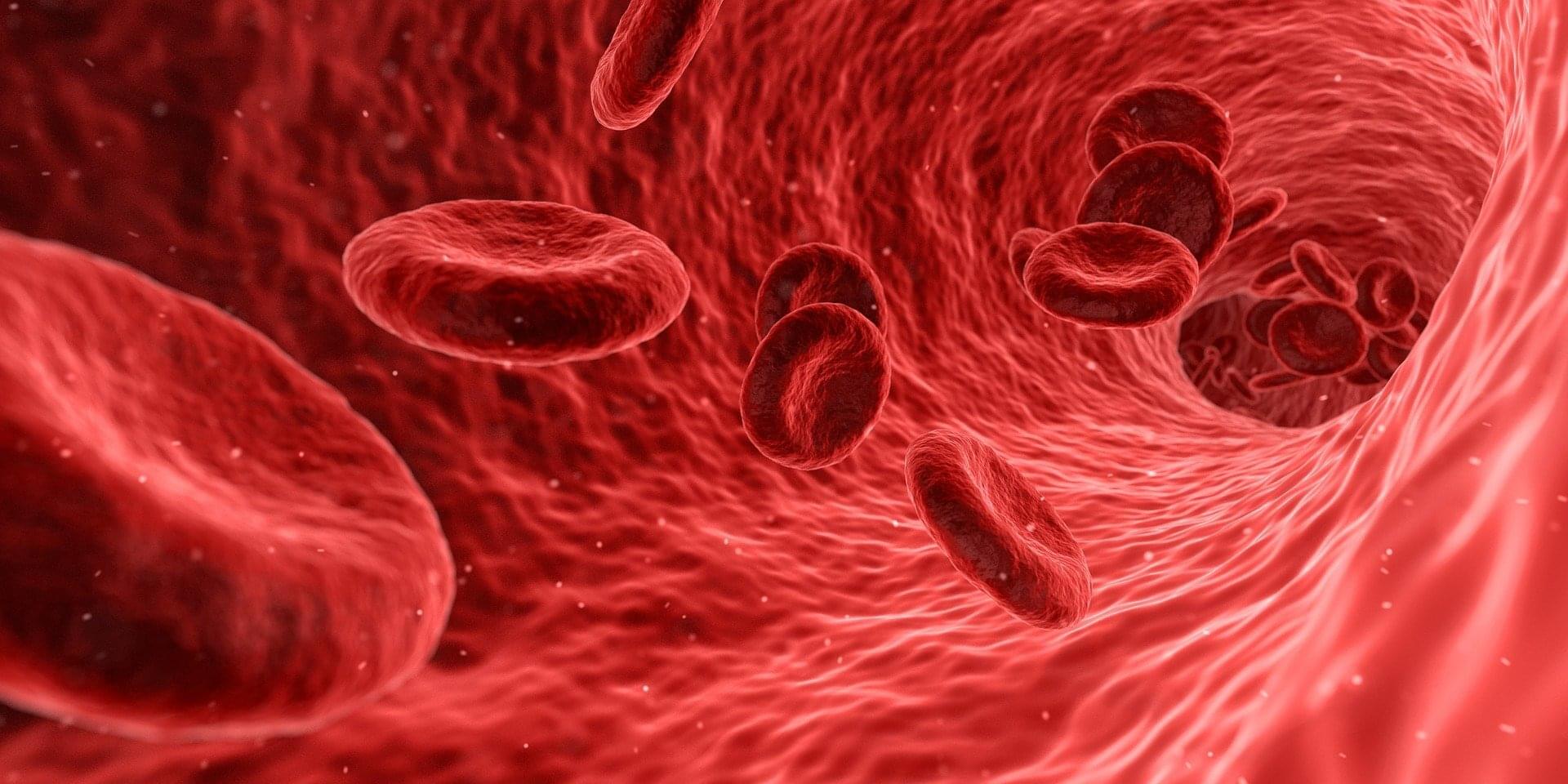Scientists from Trinity College Dublin have discovered that electrically stimulating macrophages—one of the immune systems key players—can reprogram them in such a way as to reduce inflammation and encourage faster, more effective healing in disease and injury.
This breakthrough uncovers a potentially powerful new therapeutic option, with further work ongoing to delineate the specifics.
Macrophages are a type of white blood cell with several high-profile roles in our immune system. They patrol around the body, surveying for bugs and viruses, as well as disposing of dead and damaged cells, and stimulating other immune cells —kicking them into gear when and where they are needed.









